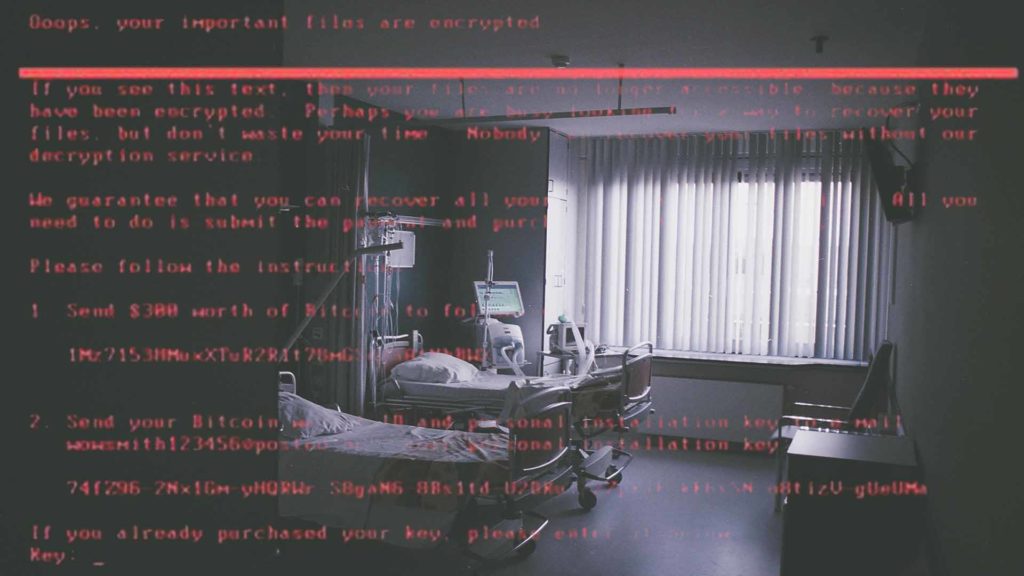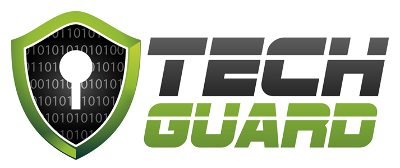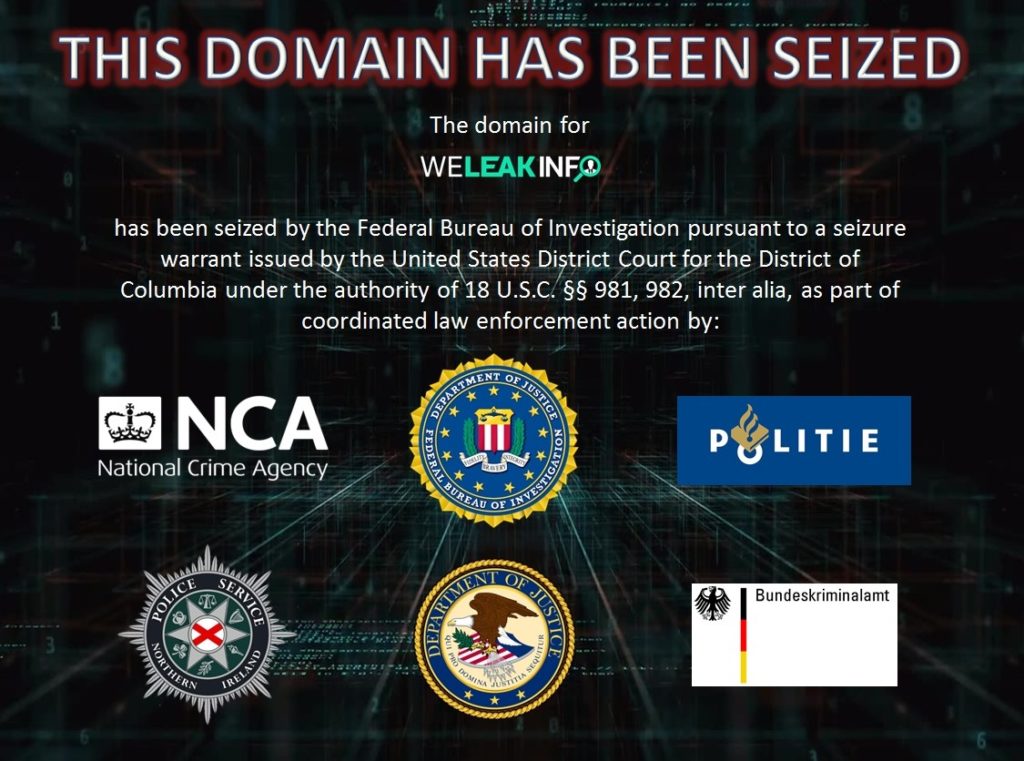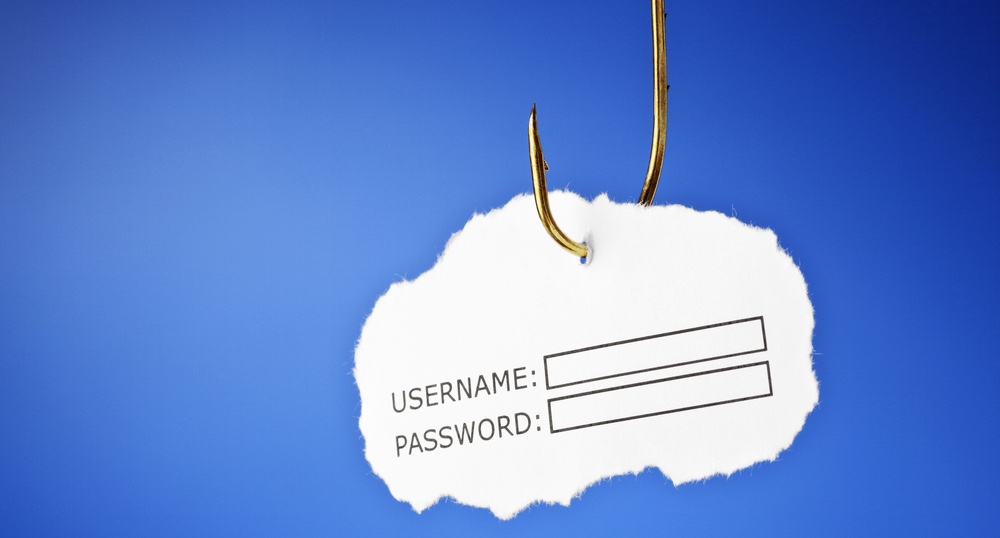These are undoubtedly strange times we are living in, with unprecedented changes taking place in our lives all over the globe in order to fight the pandemic that is Covid19. Suddenly, a sizeable chunk of the workforce is working from home, in many cases for the first time. Companies are scrambling to put in place plans to accommodate this, working out whether to allow users to use their own devices, or provide company laptops or desktops for any displaced staff. Moreover, many people are out of work altogether and confined to their homes, spending significantly more time than usual browsing the internet, looking for the next clue online that will bring some certainty to their lives around the crisis they are living through.
With such a shift in online activity comes great challenges for technology companies and IT teams in ensuring their users are safe and their precious company data is secure – meanwhile cyber criminals have seen crisis as opportunity; the misfortune of others is a chance for them to take advantage of the confusion and make some extra money.

The Covid19 pandemic is the perfect storm for cyber criminals to up the ante. Confusion reigns among users and misinformation is rife. Users who would normally be at work are now accessing the internet from home devices, which typically are not sitting behind the advanced firewalls, email filters and policies put in place by their organisations to protect them against malicious activity.
Read more



